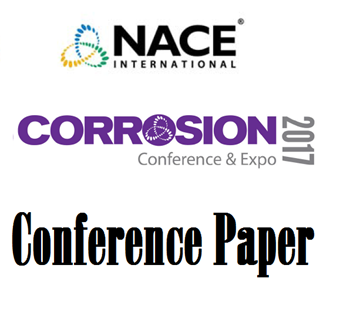Search
10290 Hydrogen Embrittlement Testing of High Strength Low Carbon Martensitic Steels
Also Purchased
Investigation of Hydrogen Embrittlement of High Strength Pipeline Steels Under Cathodic Protection
Product Number:
51317--9255-SG
ISBN:
9255 2017 CP
Publication Date:
2017
$20.00
04563Controlling Hydrogen Embrittlement in Ultra-High Strength Steels
Product Number:
51300-04563-SG
ISBN:
04563 2004 CP
$20.00
51316-7847-Evaluation of Susceptibility to Hydrogen Embrittlement of High Strength Corrosion Resistant
Product Number:
51316-7847-SG
ISBN:
7847 2016 CP
Publication Date:
2016
$20.00




